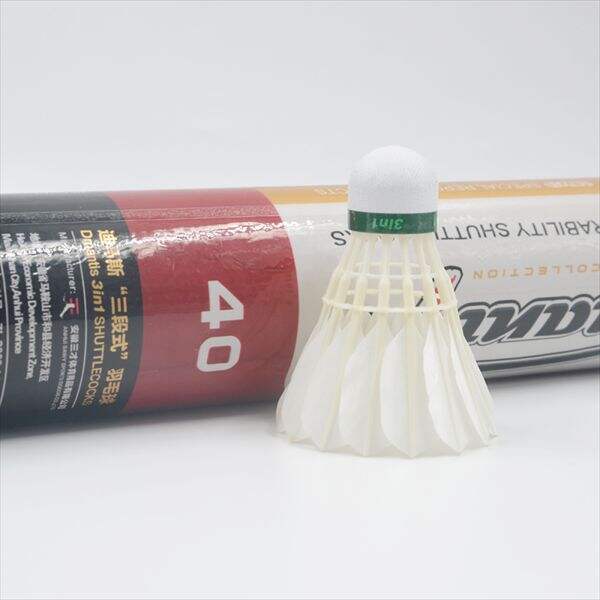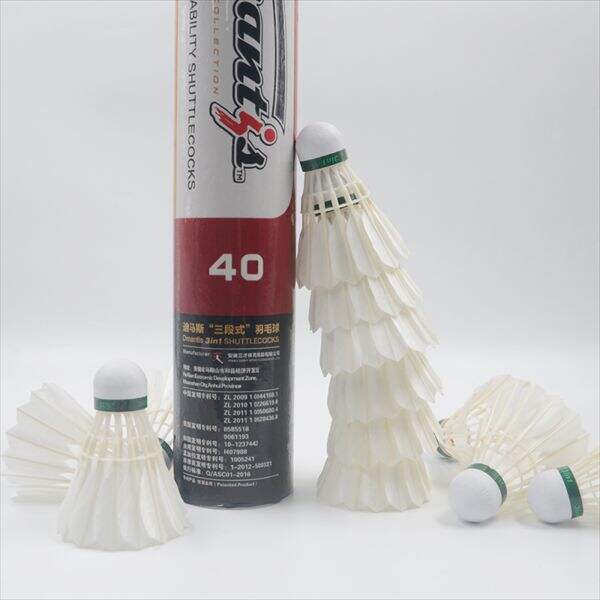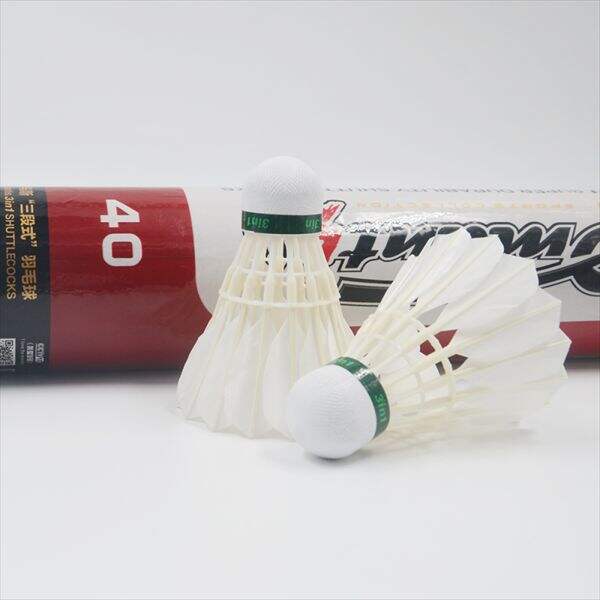Do you have any experience playing badminton? You can play with either friends or family, and it's a ton of fun! In order to play badminton, you definitely need one special item, called a shuttlecock. A birdie is another term that some people use. This detailed guide will help you learn more about shuttlecocks, the right type for your game, and everything else you need to know about it!
When preparing to play badminton you ought to know that there are two styles of shuttlecocks: feathered and plastic. Feathered shuttlecocks, which are made of real feathers and fly very well, are primarily used by professional players. Plastic shuttlecocks are more durable and affordable since these are crafted with poly material. Plastic shuttlecocks are the right choice for you if you are playing for leisure or if you are new to playing the sport because they are easy to handle and durable.
A few thoughts you should have before deciding which shuttlecock to select. You must also consider the shuttlecock’s weight, speed and head type. Shuttlecock head material: soft or hard If you select a shuttlecock with a soft head, it will slow the game down, which is good for beginners. But if you’re more advanced and want to play a faster game, you need to opt for a shuttlecock with a sharper head. Now this will be big fun and challenge the game!
Different materials that the shuttlecock is made up of can affect how it acts in the air. Feather shuttlecocks are much lighter, which means they’re affected by the wind and change direction more easily. Plastic shuttlecocks, by difference, are heavier and fly more steadily. The tip is also important for how the shuttlecock performs. Cork tips are softer and indeed cause the shuttlecock to fly slower, and plastic tips are harder so that makes the shuttlecock fly faster.

There are many different factors that can change how a shuttlecock flies through the air. Air resistance is one of the main things. Heavier shuttlecocks tend to cut through the air with greater resistance, and thus will travel slower. The angle you hold your racket can change the trajectory of the shuttlecock; this hit can also affect the distance it travels.

The weather can also affect the shuttlecock’s performance. Ex: When the outside temperature is hot, the shuttlecock can go at a higher rate. But if the weather is cold the shuttlecock may fly more slowly. And humidity, or the amount of moisture in the air, can also change how heavy the shuttlecock feels, making it heavier or lighter.

If you want your shuttlecocks to have a good long life and really perform to the best of their abilities, you will want to be sure to store them properly. You need to store your shuttlecocks in a dry and cool location. Just be sure they're stored a way from direct sunlight and moisture; those things can cause them to lose their shape or get damaged.